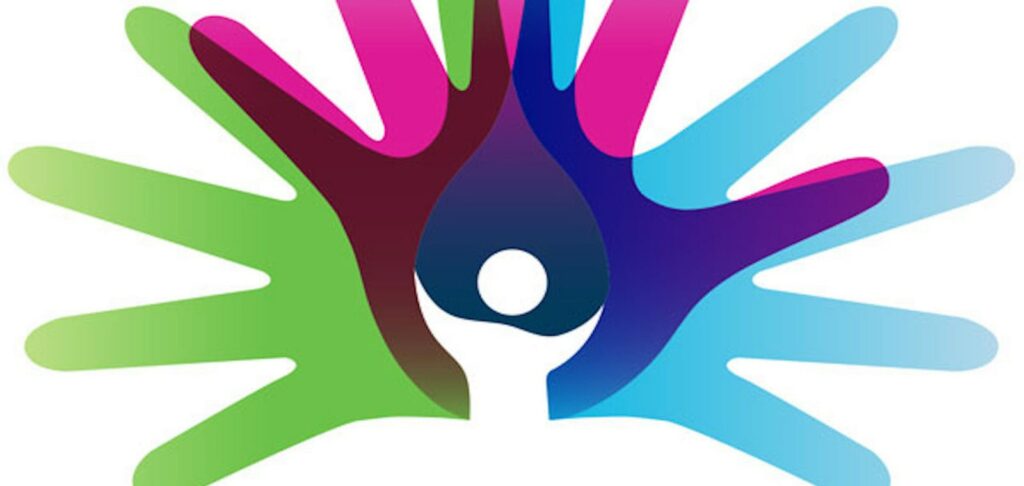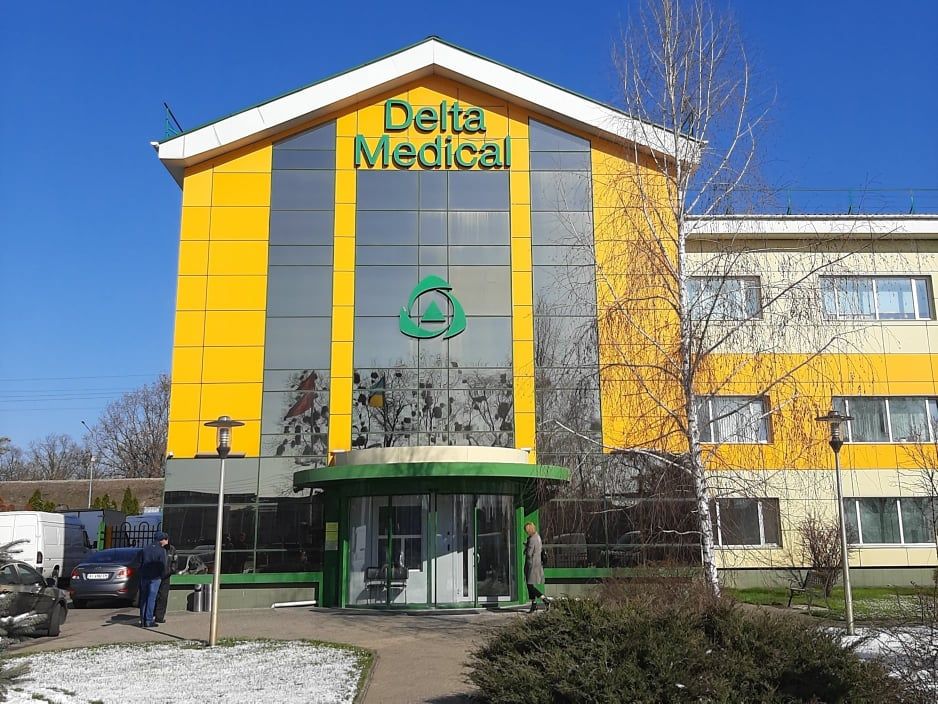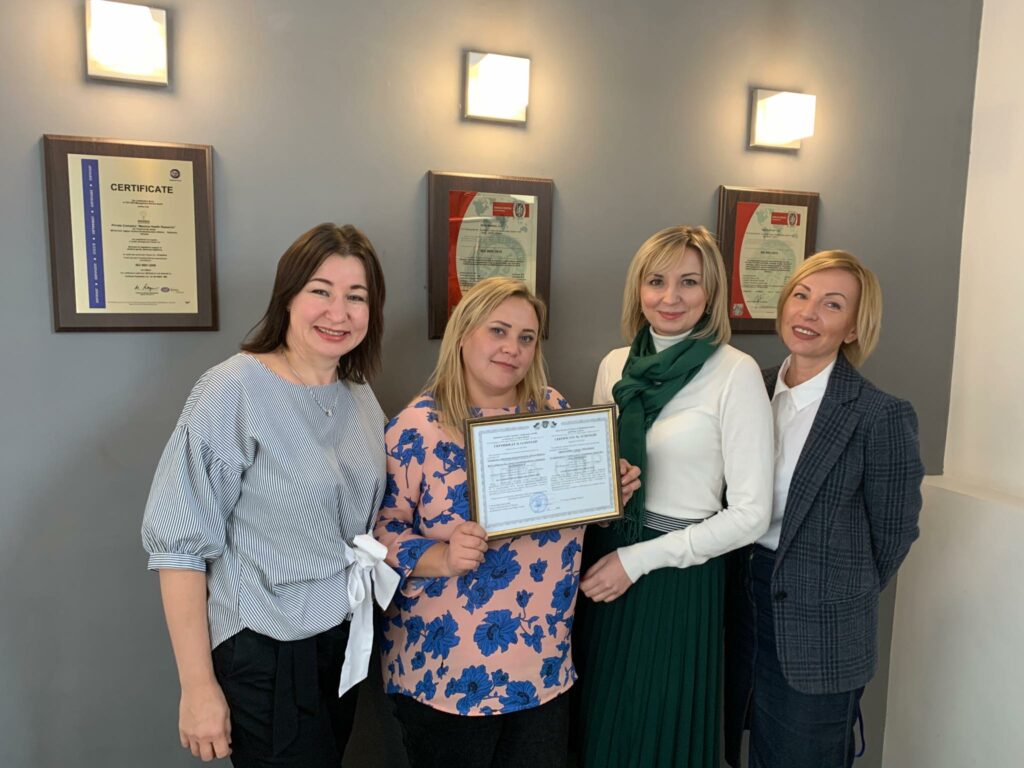
The first Rare Disease Day was celebrated in 2008 on February 29, a “rare” day that occurs only once every four years. Since then, it has been held on the last day of February, a month known for its “rare” number of days. The campaign started as a European event and has gradually become a global phenomenon: in 2009, more than 100 countries participated.
The goal of Rare Disease Day is to raise awareness of patients with rare diseases, their families and caregivers. And the long-term goal is to ensure equal access to diagnosis, treatment, medical and social care and social opportunities for people with rare diseases.
The motto of the International Day of Rare Diseases is “Rare are numerous. The rare are strong. Rare are proud.”
Each of the more than 6,000 rare diseases identified may affect only a small group of people scattered around the world, but their total number is equivalent to the population of the world’s third largest country: more than 300 million people today.
A disease is considered rare if it affects less than 1 in 2000 people. 72% of rare diseases are genetic and usually manifest in childhood, the rest are the result of bacterial and viral infections, allergies and environmental causes or are degenerative and proliferative.
Statistically, one in 20 people will experience a rare disease at some point in their lives.
Rare diseases are characterized by a wide variety of disorders and symptoms that vary not only from disease to disease but also from patient to patient with the same disease. Relatively common symptoms can mask underlying rare diseases, leading to misdiagnosis and delayed treatment. In addition, there is no cure for most rare diseases.
A special role in the lives of people with rare diseases is played by National Alliances – umbrella organizations that unite associations of people with rare diseases in a country or region.
This year, in order to draw attention to patients who need constant cost-effective treatment and support from the state to live a full life, from February 18 to 28, 16 landmark buildings in Kyiv, Odessa, Dnipro, Lviv and Mariupol highlighted their facades with the symbolic colors of the International Day of Rare Diseases – pink, green and blue.



